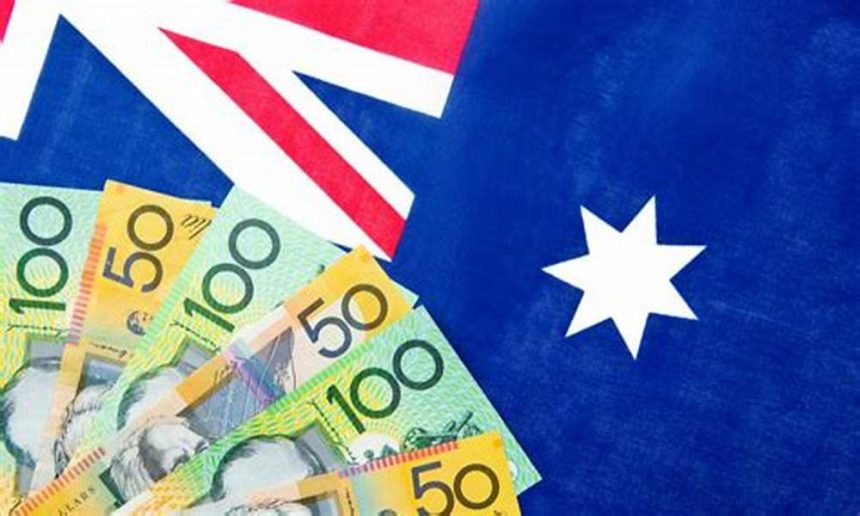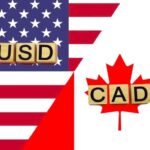Australian dollar goes sideways as a Reuters poll predicts no rate rise at the June meeting.
The Australian Dollar (AUD) consolidates, likely due to better risk appetite on Friday. This optimism derives from a Reuters poll of 43 economists, who unanimously expect that the Reserve Bank of Australia (RBA) would keep current interest rates in June.
90% of economists predict stable rates in Q3, with a possible 25 basis point cut by the end of 2024.
A strong 90% of economists expect steady interest rates in the next quarter, with a potential 25 basis point fall to 4.10% anticipated by the end of 2024. Furthermore, 63% of economists predict interest rates to fall to 4.10% or lower by the end of the year, with only 35% expecting no change.
The US dollar (USD) stays stable thanks to the Fed’s hawkish approach.
Despite the release of economic data showing a worse US Producer Price Index (PPI) and higher-than-expected Initial Jobless Claims, the US Dollar (USD) has remained stable after gaining ground the previous day. Policymakers of the Federal Open Market Committee (FOMC) have reduced their outlook, expecting only one rate cut this year, down from three in March.
This adjustment strengthens the US dollar’s (USD) resiliency and puts pressure on the AUDUSD pair.
Investors are anticipating the release of the preliminary US Michigan Consumer Sentiment Index on Friday. This vital indicator will provide new insights into consumer confidence and the overall Economic outlook.
Daily Market Movers: The Australian dollar may limit its losses due to hawkish RBA.
US Initial Jobless Claims for the week ending June 7 increased by 13,000 to 242,000. This amount exceeded market estimates, which were set at 225,000, and represents the largest level of unemployment claims since August 2023.
The US Producer Price Index (PPI) increased 2.2% year on year in May, compared to a 2.3% rise in April. Meanwhile, the core PPI statistic increased by 2.3% year on year in May, falling short of the expectation and the April reading of 2.4%.
Australia’s Employment Change indicated on Thursday that the number of employed individuals climbed by 39.7K in May, above the predicted increase of 30.0K. and the prior 38.5K increase. Meanwhile, the unemployment rate fell to 4.0% from 4.1% in April, as expected.
At its June meeting on Wednesday, the Federal Open Market Committee (FOMC) left its benchmark lending rate steady in the range of 5.25%-5.50%, marking the seventh consecutive meeting without a rate change, as expected. In a press conference following the Fed decision, Fed Chair Jerome Powell stated that the central bank’s tight monetary policy is having the expected effect on inflation. Additionally, FOMC policymakers anticipate only one rate drop this year, down from three in March.
National Australia Bank (NAB) Chief Economist Alan Oster said, “There are caution indications on the prognosis for growth.
On Tuesday, National Australia Bank (NAB) Chief Economist Alan Oster said, “There are caution indications on the prognosis for growth, but at the same time According to the official transcript, there are grounds to be concerned about the inflation forecast, and they expect the RBA to maintain interest rates on hold for some time as they negotiate these opposing risks.
According to NCA NewsWire, RBA Governor Michele Bullock warned last week that if the Consumer Price Index (CPI) does not return to the target range of 1%-3%, the central bank will raise interest rates.









